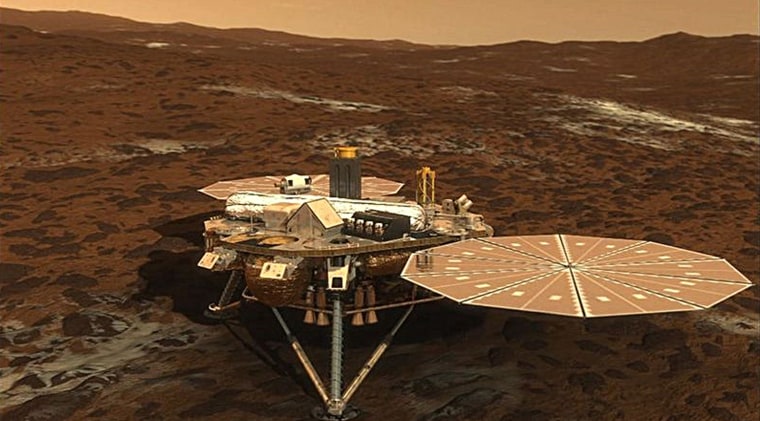NASA is giving its long-frozen Phoenix Mars Lander one last chance to send a signal, beep or any sign that it has survived the harsh Martian winter with enough of its systems intact to phone home.
From Monday to Friday, NASA's Mars Odyssey orbiter circling the red planet will listen for the third time in four months to see if the Phoenix Mars Lander has come back to life after experiencing a Martian arctic winter it was not designed to survive.
The first two listening campaigns by the orbiter, conducted in January and February, didn't hear any signs of life from the lander, which studied the surface of the Martian arctic and confirmed the presence of water ice just below the top surface layer.
Images taken by NASA's Mars Reconnaissance Orbiter in February show the gradual disappearance of surface ice with the onset of Martian spring.
Phoenix landed on Mars on May 25, 2008, and operated successfully in the Martian arctic for about two months longer than its planned three-month mission. But once the sun and temperatures dropped and winter set in, the spacecraft didn't have enough power to keep going. The lander went silent in November 2008.
Phoenix was not designed to withstand the extremely low temperatures and the ice load of the Martian arctic winter. But in the unlikely event that the lander's components survived and the spacecraft received enough energy from the rising spring sun, mission managers planned on listening for any signals that Phoenix was waking itself up.
While Odyssey listens for Phoenix during 60 overflights next week, the Phoenix site will be in around-the-clock sunshine, maximizing the amount of sunlight available to the spacecraft's solar panels, should they have survived the winter.
